
I found Ken Burns’ MasterClass on Documentary Filmmaking insightful and engaging. His unique approach to storytelling and detailed case studies in the 26 lessons offered practical advice, making it an invaluable learning experience for me as an aspiring filmmaker.
- Comprehensive Content
- Engaging Storytelling
- High Production Quality
- Diverse Topics
- Inspirational Lessons
- Interaction with Ken Burns isn’t possible
- Practice in real-time isn’t possible
Learning how to make a movie is hard.
There are so many resources out there that teach you the basics of filmmaking, but they’re all very basic and not applicable to anyone who wants to create something more than just a hobbyist film.
Solution: The Ken Burns MasterClass will teach you everything about making an award-winning documentary from start to finish.
You’ll learn how to use archival footage in your films, shoot interviews with experts, and much more by working directly with Ken Burns himself through video lessons on all aspects of filmmaking.
In this Ken Burns MasterClass Review, we’ll dive deep into his filmmaking masterclass.
So, today, I will walk you through an elaborate review of how Ken Burn teaches the art of short filmmaking and everything that goes into turning an ordinary script into an amazing documentary.

Bottom Line Upfront: Have you ever wanted to learn filmmaking?
The Ken Burns MasterClass is the perfect opportunity for anyone who wants to learn about filmmaking.
You’ll go through a series of lessons that will teach you everything from how to shoot, edit and produce your own film. It’s taught by one of the most famous filmmakers in the world!
This course is designed for all levels of experience, so it doesn’t matter if you’re just starting out or have been making films for years.
It’ll take you step-by-step through every aspect of filmmaking and show you what goes into making a great documentary. Plus, they offer lifetime access at an unbeatable price!
Ken Burns MasterClass Summary
| Aspect | Details |
|---|---|
| 🎓 Course Name | Ken Burns MasterClass |
| 👨🏫 Instructor(s) | Ken Burns |
| ⏱️ Class Length | 26 video lessons (5 hours total) |
| 🎨 Category | Documentary Filmmaking |
| 🎯 Who is this course for? | Ideal for anyone passionate about documentary filmmaking, from beginners to experienced filmmakers |
| ⭐ Rating | 9 out of 10 |
| 💰 Pricing | Single Masterclass: $90, All-Access Pass: $180 per year |
| 🌟 Overall Experience | Highly recommended for both new and experienced filmmakers; insightful, comprehensive lessons |
About Ken Burns!
Kenneth Lauren Burns, or simply Ken Burns, is globally known for his style of using archival footage and photographs in documentary films.
He has gone on to a long, successful career directing and producing well-received television documentaries and documentary miniseries on subjects as diverse as arts and letters.
Creator of some widely acclaimed documentary series like
| Year | Title | Genre |
|---|---|---|
| 1990 | The Civil War | Documentary Series |
| 1994 | Baseball | Documentary Series |
| 2001 | Jazz | Documentary Series |
| 2007 | The War | Documentary Series |
| 2009 | The National Parks: America’s Best Idea | Documentary Series |
| 2011 | Prohibition | Documentary Series |
| 2014 | The Roosevelts | Documentary Series |
| 2017 | The Vietnam War | Documentary Series |
Today, Ken Burns is on Masterclass with a complete course on how to create a stunning and impactful documentary from beginning to end!
Ken Burns Masterclass Review 2025
The Ken Burns Teaches Documentary Craft is officially my most popular masterclass ever.
And it’s not a small compliment. Almost all the Masterclasses I have tracked so far have amazed, inspired, energized, motivated, and made me smarter.
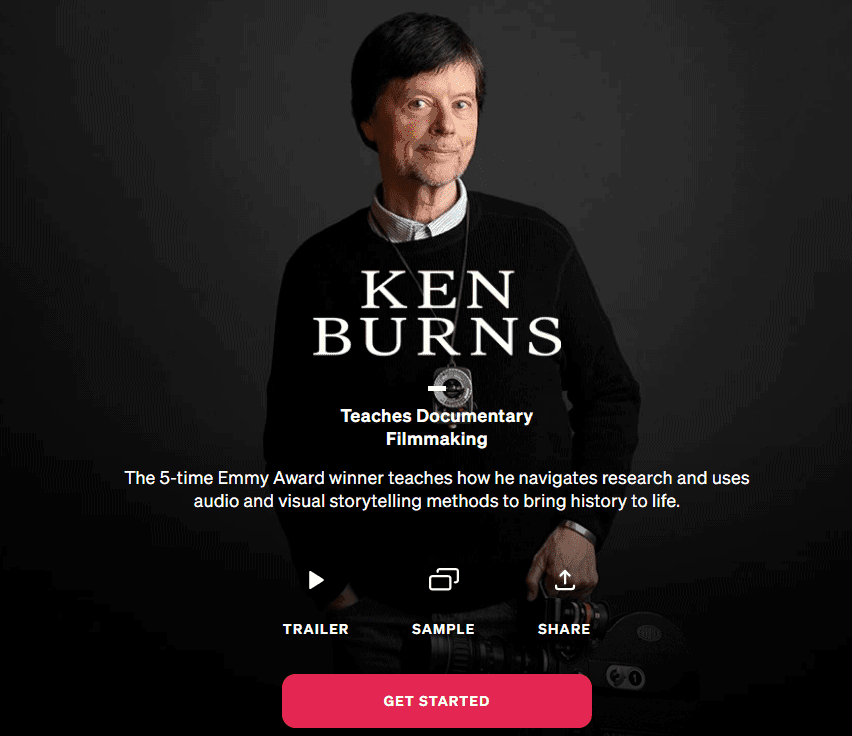
However, in a catalog of phenomenal learning experiences, Ken Burns has managed to raise the already high bar.
This review is my effort to translate that sense of “wow” into words and to explain why Ken Burns Filmmaking Masterclass is my favorite among many fantastic classes.
Of course, not because I’m impressed by this Masterclass; everyone will enjoy it.
Although I am not a documentary maker, this art has aroused my interest for many years, and I am currently preparing a documentary as a hobby.
I’m also a storyteller and a creator, so obviously, there is a lot of overlap and teaching that can be learned from Ken.
If you are not creative, documentaries are not interesting to you, Ken Burns and his work do not interest you, or you are not interested in learning the process from someone who tops his domain (after all, this is one of the best Documentary filmmakers), so this Masterclass is probably not for you.
But I think it falls into one of these categories, so this review is probably for you.
Ken Burns Masterclass Overview
If you know documentaries, you already know Ken Burns! Even if you are unfamiliar with your work, you probably already know the style of panning and zooming still images with your name: The Ken Burns effect.
If you edited some personal movies on an Apple computer, you saw that name. Steve Jobs explicitly asked Ken to use his name in the software.
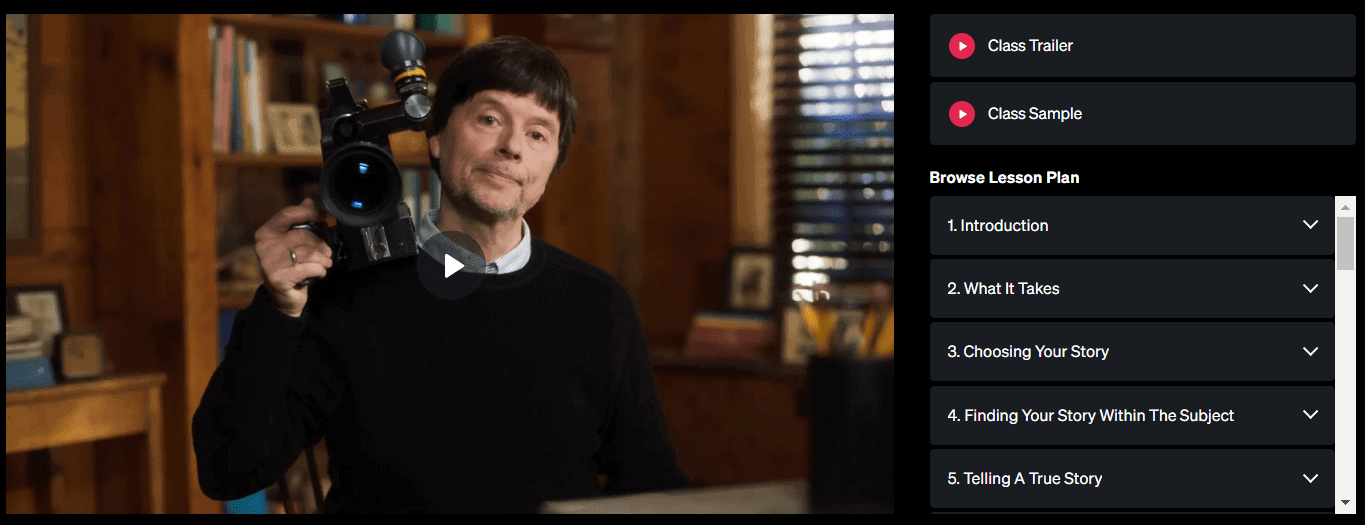
1. 26 video lessons
The contents of Ken Burns’ masterclass are nicely structured and divided into 26 video lessons.
That’s 5 hours of video content (ignoring the hours students can ask Ken questions), with each module between 10 and 20 minutes.
There is also a 156-page workbook with exercises and tasks that can keep you busy for months.
It’s beautifully filmed, the message is evocative, the music wakes up, and the emotion takes you away.
Before plunging into the heart of the class, Ken says that the masterclass is about finding your own path and giving them something that will help them really learn.
The course is meant for you to deepen your lyrics, e-mail voices, files, archive footage, music, sound effects, sound design, and everything you need for great results. Documentation.
The course begins with a stimulating and inspiring discussion on the qualities of filmmakers and an invitation to Ken to participate in the documentary revival that has been taking place since the mid-eighties.
2. The speed at which Ken speaks intellectually is incredible
He has a great understanding of work, creativity, art, and man’s condition, which are hard to follow, but it’s easy to feel inspired.
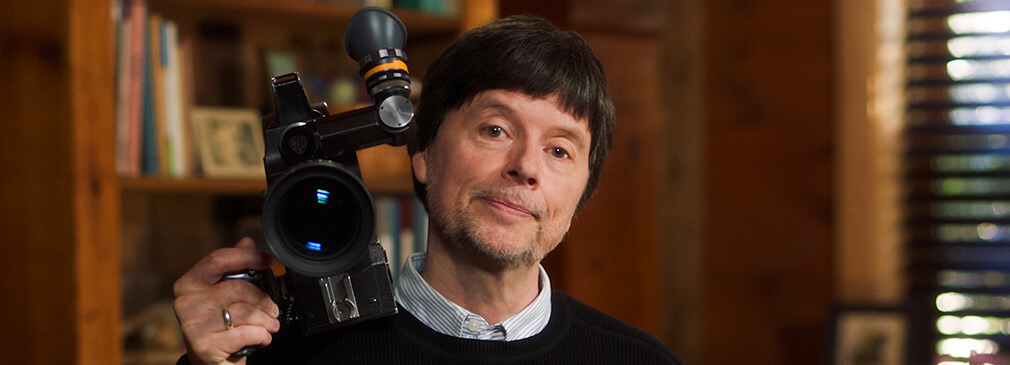
We’ll begin with an important discussion on how to get to know your creative goals and what questions to answer before you make a documentary.
What is Ken doing to make a living? He wakes up the dead.
It gives people the opportunity to explore complex emotions that they never had before. Each lesson is a call to action for artists like no one else I’ve ever seen in my life.
3. A lesson contains more valuable advice than most courses in his career
This is not a class where you can relax and watch without thinking.
That does not mean it’s not good. Because I cannot remember the last time I had so much fun listening to someone who spoke for a long time.
But you really have to deal with this material because it is deep and deep.
The research part of the course really impressed me and gave me a better understanding of the incredibly effective immersion process that precedes creation.
We’ve learned to find the deepest possible sources, and we’ve learned how Ken got hold of Vietnam’s private video cassettes and created the person she thought was the film’s character.
After a detailed discussion about why we should go to the mattress and what we want to sacrifice for our art, the course starts with practical advice.

Of course, this is not even a fraction of what you get in this Masterclass. We then began to structure a documentation story and establish a direct connection to the audience.
We learn fascinating lessons in terms of arcs at the macro level (episodes/seasons) and at the micro level (scene/dialogue).
And as Ken Burns and Steven Spielberg obey the same laws of narration, the only difference is that he can “do things wrong and I can not”.
Ken Burns is not only a born storyteller but also a born teacher and educator, born of a passion full of passion that is so full that you cannot be otherwise trained.
Elements You Would Love!
Ken Burns’ filmmaking masterclass is a course for every person who is passionate about the art of filmmaking and shooting good-quality documentaries.
There is something in each lesson that makes it a “WORTH IT” experience for learners. So, here are some of the elements of Ken’s masterclass that I think you would really love!
1. Choosing your subject
The first step is to find a story that needs to be told. You have to narrow down hundreds, even thousands of possibilities.
Ken explains how to do this so you can avoid investing time and effort in a project for which you can’t finish or find an audience.
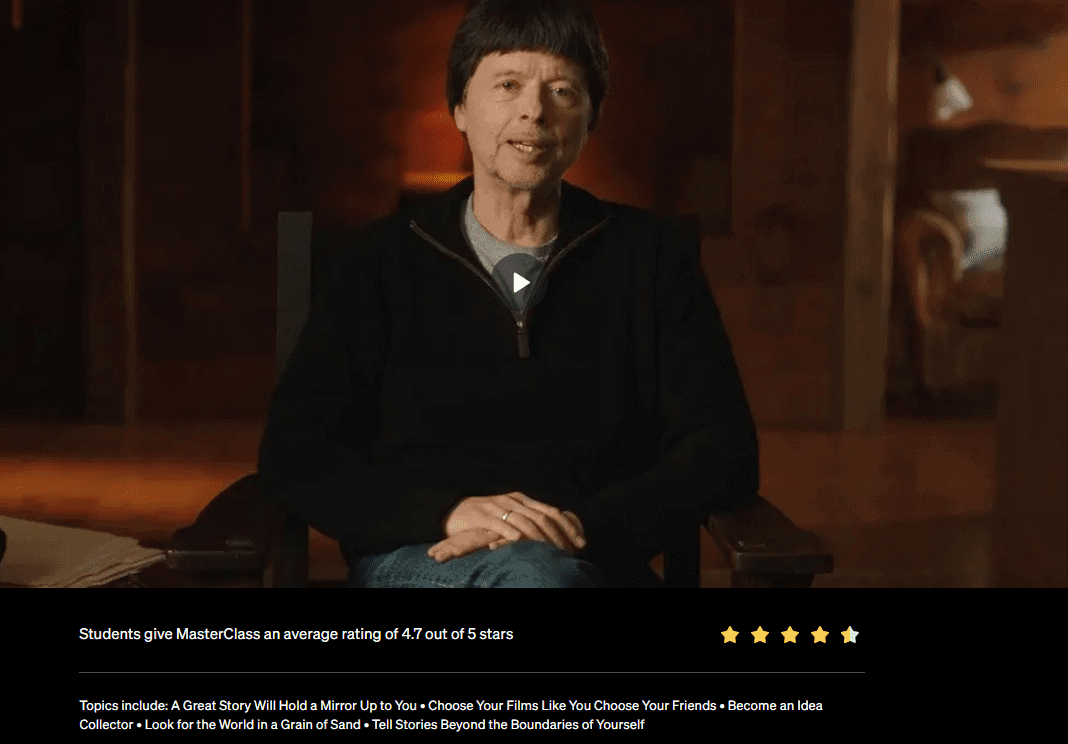
His advice is to do the following:
- Identify and answer the core questions of your core audience
- Identify the subjects your audience feels passionate about
- Connect with your audience on a human level
- Choose something that interests you, too
- Finding the story within your subject
Once you’ve got things narrowed down to a subject, the next step is to decide how to cover it. That means finding a story to tell inside it. Interestingly, Ken’s advice at this stage isn’t to focus on the visuals, at least.
Instead, you need to find a story to tell that shows a particular aspect of your broader subject. Which is to go beyond your preconceptions. Sadly, he’s not really describing how to find such special stories.
This left me wondering how you might hope to tackle an enormous subject on earth like the Vietnam War, like Ken did.
Really, the only way you can learn this set of skills is to start making movies and learn from the feedback you get.
He also shared one valuable tip, suggesting the students study a subject using the materials academics recommend as a good starting point.
2. Assignments For Documentary Makers
Luckily, the exercises in Ken’s workbook fill much of the frustrating holes in his video-sharing expertise. He suggests, for example, that something else is discovered while researching a subject:
- Pick up on anything that surprises you
- Explore the controversial areas of a subject by making a note of opposing views
- Are there any witnesses or specialists you would like to interview?
- Find some additional sources of information and make notes.
3. How do you make sure that you tell the true story?
Documentary filmmakers owe their audience an extra responsibility. They must make every effort to balance their art with the truth. That’s a difficult thing to do.
The dry facts aren’t that difficult to discover. For example, the event date and who was involved.
But, once you put the dry facts together, things get complicated. There are always different eyewitness accounts of the same event.
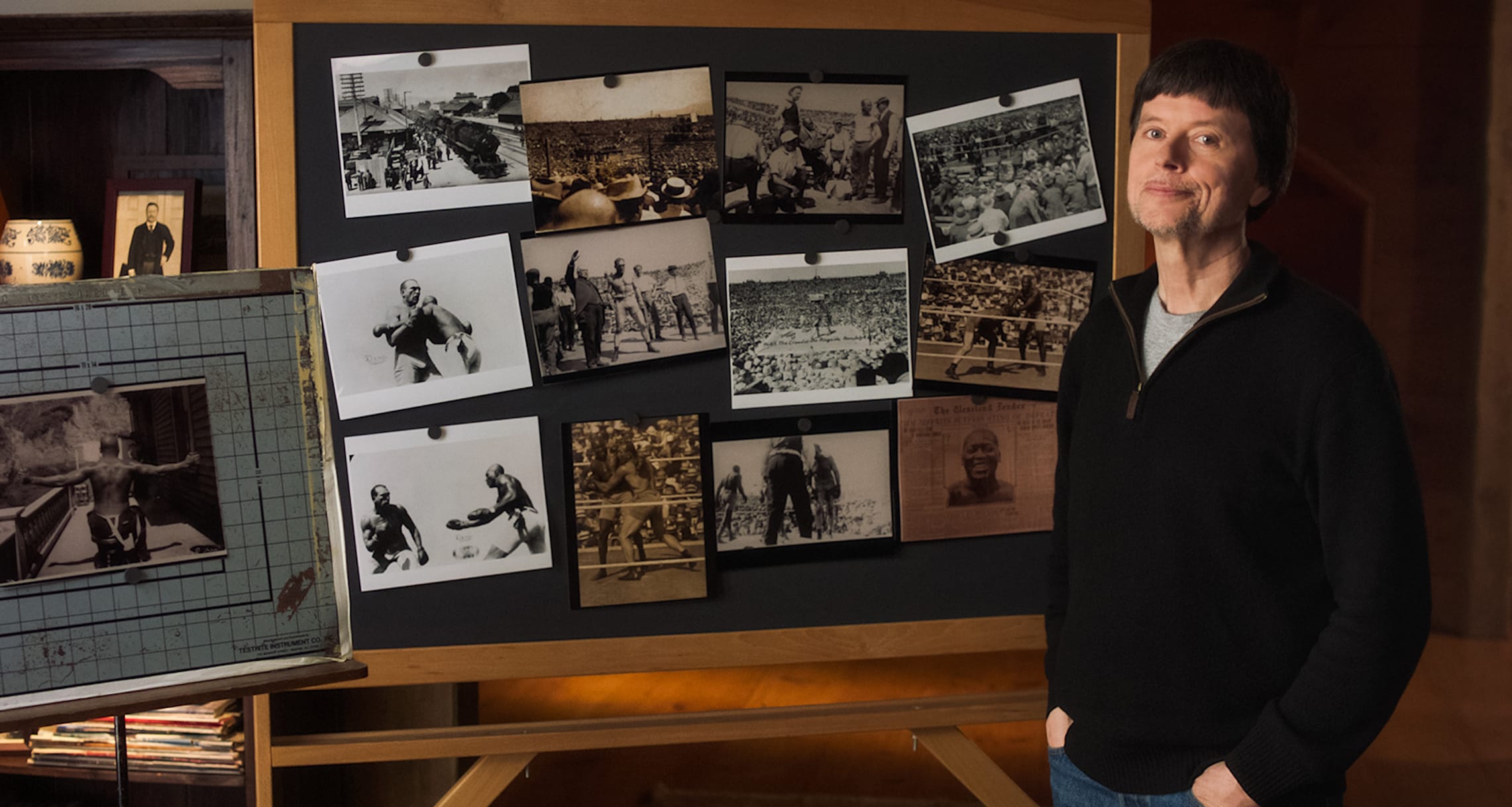
In some instances, they contradict one another entirely.
This is human nature, and likewise, you, as the director, will be affected. This is inescapable. It is tricky to tell the true story, then.
But you can learn to be conscious of your own emotional, historical, and cultural baggage and learn how to work around all this. Doing so will allow you to produce a balanced documentary with practice.
There are, however, occasions when you don’t need to be factually accurate at 100 percent. Ken gives a few examples of where he’s mixed images and metaphors to take modern viewers through a twist of stories.
You may want to skip Video 21 at this point. There, Ken Burns discusses the responsibilities an artist has.
5 Things I Loved About Ken Burns’s Masterclass!
Now that we are almost through with the entire review, let me talk about the 5 things I loved the most about Ken Burns filmmaking Masterclass.
1. Exploring narrative elements!
Ken analyzes the various narrative elements at his fingertips, how he can decide in the first iterations of his film’s narrative layer, how he writes with descriptive descriptions, constructs a structure around the truth, generates a dimension across different narratives, and even more.
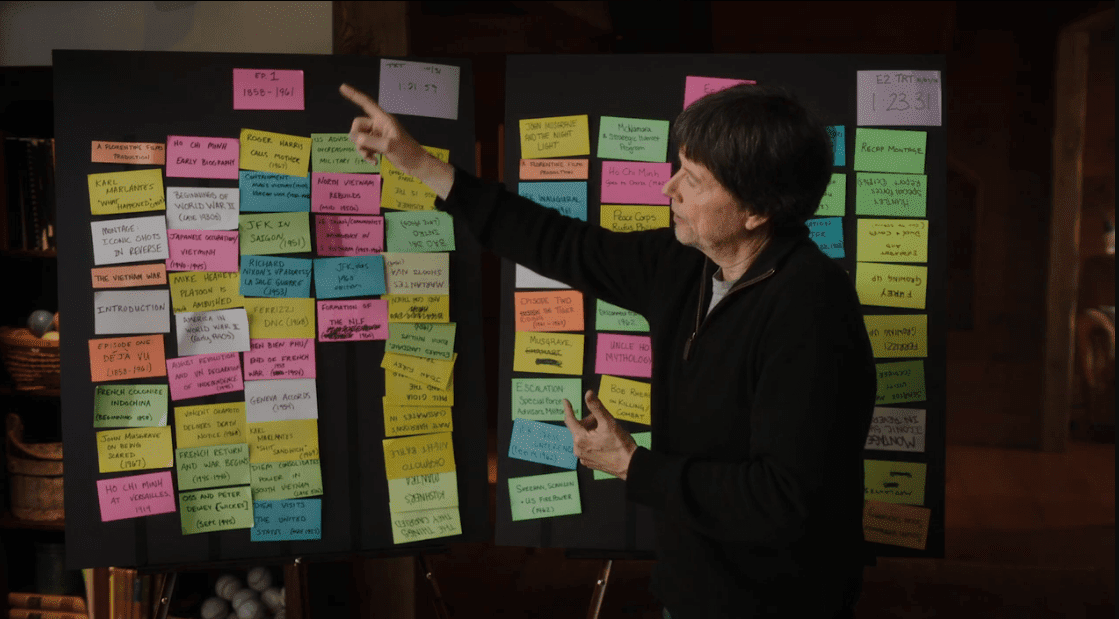
Ken Burns’ description of the result was exciting: how he takes a photo and says “It’s my master shot” and has a perfect chance, a middle image, a close-up photo, an intense approach, a tilt, a panorama, a discovery insertion of details.
Ken shows you how to create meaning through coexistence, how to activate your audience’s imagination, how to transform a visual experience into an auditory experience, how to make sense through time and movement, and how people think.
Usually, the Ken Burns effect is incorrect. The result is “an attempt to bring a picture to life for the benefit of a dynamic display of dramatic narratives.”
2. Sourcing archival materials for your research
One of the reasons Ken is still making documentaries turning heads is that he hasn’t fallen into the trap of simply regurgitating what’s already in the public domain.
It drives me nuts when you watch 3 documentaries about a similar topic and realize that they are basically the same.
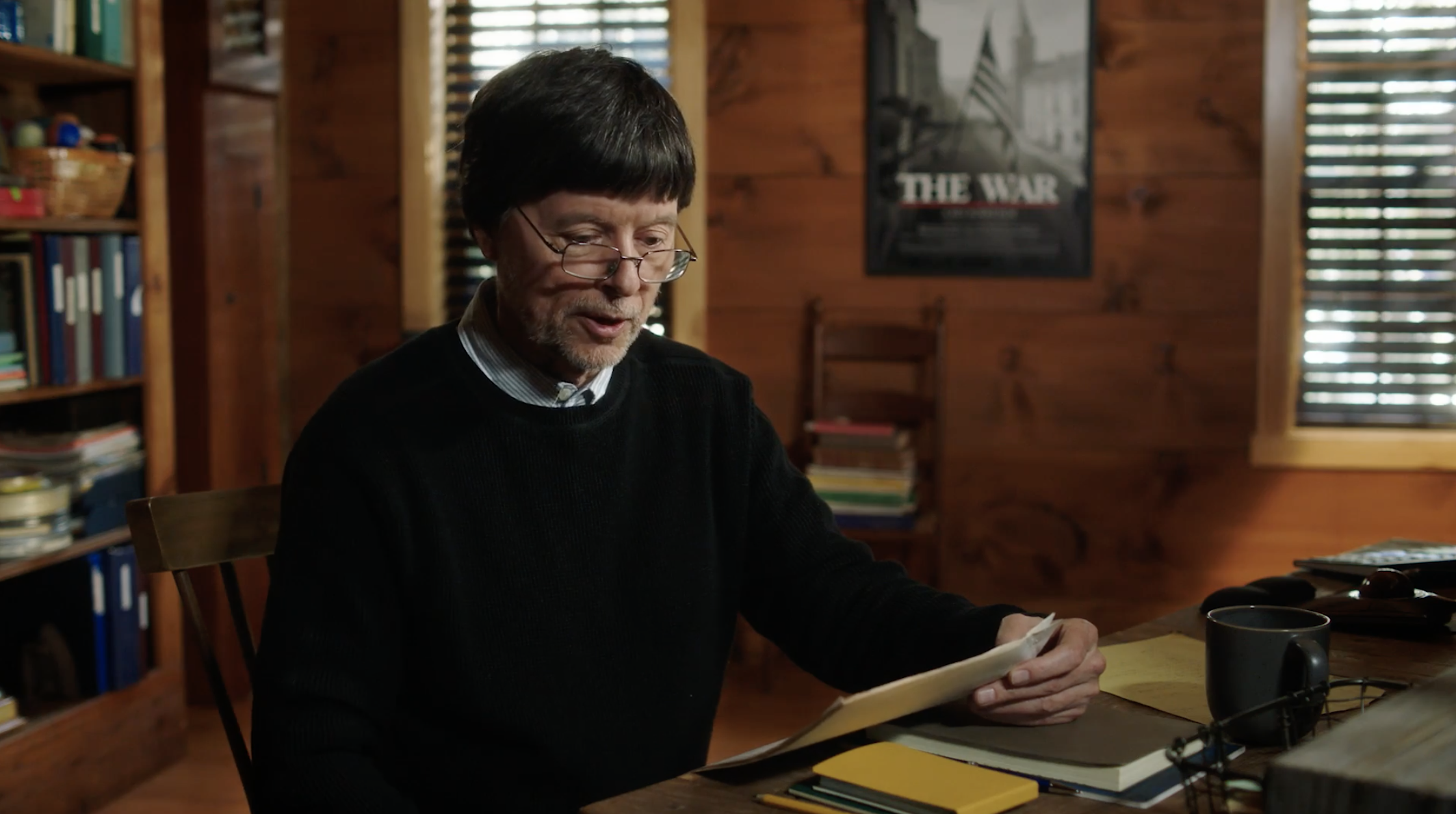
What they did was put half a dozen so-called facts about an incident together online and made a movie about it.
- That’s absolutely not what Ken does. He is certainly using the internet for his initial research. Then, well-known sources in academia.
- But, most importantly, he is taking things a few steps further. He goes straight to the archives and takes information from there.
- A lot of files to dig into. Many of which will encourage you to make free use of what you find.
- Libraries and Museums are at the top of the list. Other good sources are newspapers, institutions, charities, and companies.
Plus, you should never underestimate what is stowed away in your attic by private people.
Some of the most iconic footage from his documentary about the Vietnam War came from video letters sent home to the family of one serviceman.
I learned a lot about how to access and get the most out of these archives.
Yet you shouldn’t underestimate how long this will take. You will certainly get a lot of information, but you will have to distill it all down to get what you need.
3. How To Write A Script For A Documentary?
Writing a script is a compilation of specific competencies. One that is rarely mentioned outside of specialist courses. So, I was very pleased to see Ken explaining it in considerable detail.
It was also fascinating to see the similarities between how you would write a script for a non-fiction movie and how you would write an overview of a documentary.
These are the main skills Ken teaches here:
- How to create an early draft
- Make sure you embed all of your narrative elements
- Writing with poetic detail
- How to draw facts into your structure
- Using different points of view
- When to use caveats
- Choosing the right words to avoid confusion
4. Visual and cinematic techniques for documentary films
Unsurprisingly, Ken also spends quite a bit of time describing the various visual tools you can use to create and enrich the tale you tell. He explains over the course:
- How to use still images, and when
- Making sense of the juxtaposition
- Stimulating the imagination of the audience through the visuals
- Use the length and motion of your tale to deepen its significance
5. The film editing process
This is the most comprehensive part of the course by far. Yet despite this, Ken is only scratching the subject’s surface really. But Ken, most importantly, deals in-depth with the planning part.
Using what he teaches should help ensure you don’t miss out on any important scenes.
This will also help you take enough shots to ensure proper editing is possible.
It takes time to edit it. The more your film gets the better. Ken’s editing process is a little different from what I’ve seen previously described. In reality, this is a positive thing.
I can see how the technique he teaches can help you to get your documentary bones into place quickly. Parts of the voice-over and talk heads up.
This allows you to work through any issues related to the story flow and might spark other ideas. It makes much more sense to put the image in place after that than trying to do that first, as many people would try to do.
Ken goes through this very messy, long first cut through the following 2 editing videos. How to shape it into your documentary.
As he says, creating a piece of music is not dissimilar to this process. It was fascinating to watch, for sure.
Ken Burns’ Masterclass Workbook
As you can see from my Masterclass.com platform overview review, all the courses have a workbook in them. Ken’s are no exception to this. His workbook is fairly short, given the length and complexity of the subject.
This means you’ll have to go through the videos again if you want to go back to what you’ve learned. The workbook is set to help you find the right one.
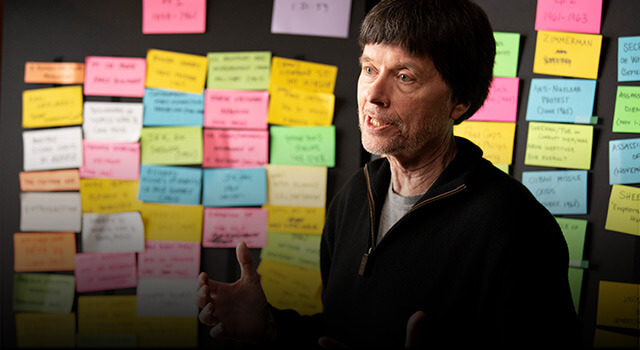
However, unfortunately, this is not the point you’ll need in the video.
It is kind of annoying because dipping in and out of Ken Burns’ Masterclass videos isn’t as easy as it should be.
Surprisingly, he did not use time markings.
I do think most students will still find the workbook useful, though. Following Ken’s assignments, for example, will help them get started and create a documentary in an organized fashion.
Plus, it includes some great examples of concepts that might be hard to grasp from a video format.
Another example of this is the inclusion of a sample pitch. So, when you take a masterclass on Ken Burns, don’t ignore the workbook.
Masterclass Pricing Plans
There are two ways by which you can purchase a Masterclass: a single Masterclass and an All-Access Pass for any of the gurus on the platform.
- Single Masterclass: $90
- All-Access Pass: $180 per year
The All-Access Pass comes in real handy when you wish to take more than one masterclass, so there is no limit on the number of masterclasses on the All-Access Pass.


Quick Links:
FAQs About Ken Burns Masterclass
🙋♀️ Is MasterClass Worth The Money?
The answer depends on what kind of educational experience you are planning ahead to get. If you want to learn independently, then MasterClass is the perfect option for you. All of the classes are perfectly organized and filled with information. As a result, you can learn your favorite subject at your own pace. You can get either one episode at a time, or you can binge-watch a whole course series just like you do on Netflix. The quality of their course is also pretty high, and the instructions have credibility. So you can be sure that you are experiencing quality learning. Also, it does not cost you way too much. So yes, it is definitely worth your money.
🤷♂️ How Much Does MasterClass Cost?
There are two plans that MasterClass has. You can either go for the individual to pass or go with the all-access pass. With the individual pass, you will only be able to access one course at a single time. Also, each course costs you $90. While the all-access pass costs you $180 in a year and it allows you to browse all the website content without any restrictions.
✅ Does MasterClass Give Any Certificates?
As of now, MasterClass does not offer any certificate to their students on course completion. However, they do send their students an email confirming that they have completed the course. The email will feature a congratulatory message along with some tips on how to further use the site to continue your studies.
🔥 Does MasterClass Have A Free Trial?
MasterClass used to provide a free trial in the past. However, back in August 2018, they stopped giving out free trials. And this is no longer available.
🤔 Is MaterClass Any Good?
In a single sentence answer, yes, the MasterClass is good. You will get a comprehensive video course from a world-class, successful person in their specific field. So you already know that you are going to get quality information. Also, the website covers a wide range of topics. The topics range from tennis to comedy to acting to singing to writing. Also, the website is bringing new topics now and then. Plus, with just a one-year subscription, you will get to access different topics and learn something new. Also, it is pretty affordable compared to many platforms available out there.
Conclusion:
Seeing Ken’s teaching methods is extremely helpful. After we have shown his logic and reasoning in the overview of the episode, we see the real pictures in action, a real joy, and a wonderful process of learning.
Ken was passionate all the time, but when he stood in front of the boards of his episodes, his passion reached its peak. He jumps before feeling and challenges everyone to find more soul in this caliber’s educational experience.